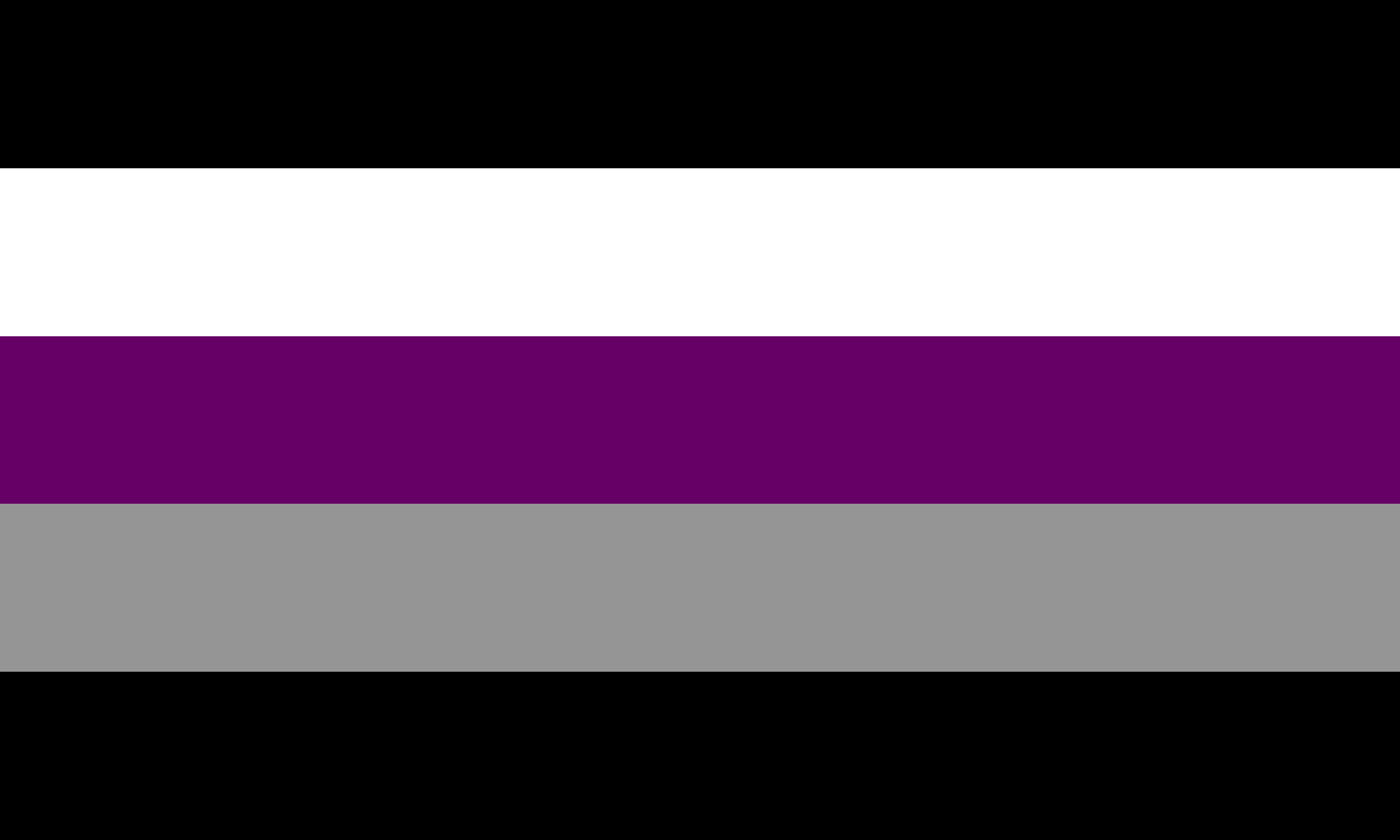
What does Aceflux mean?Is there an aceflux flag?When was aceflux discovered?How can I support an…
0 Comments
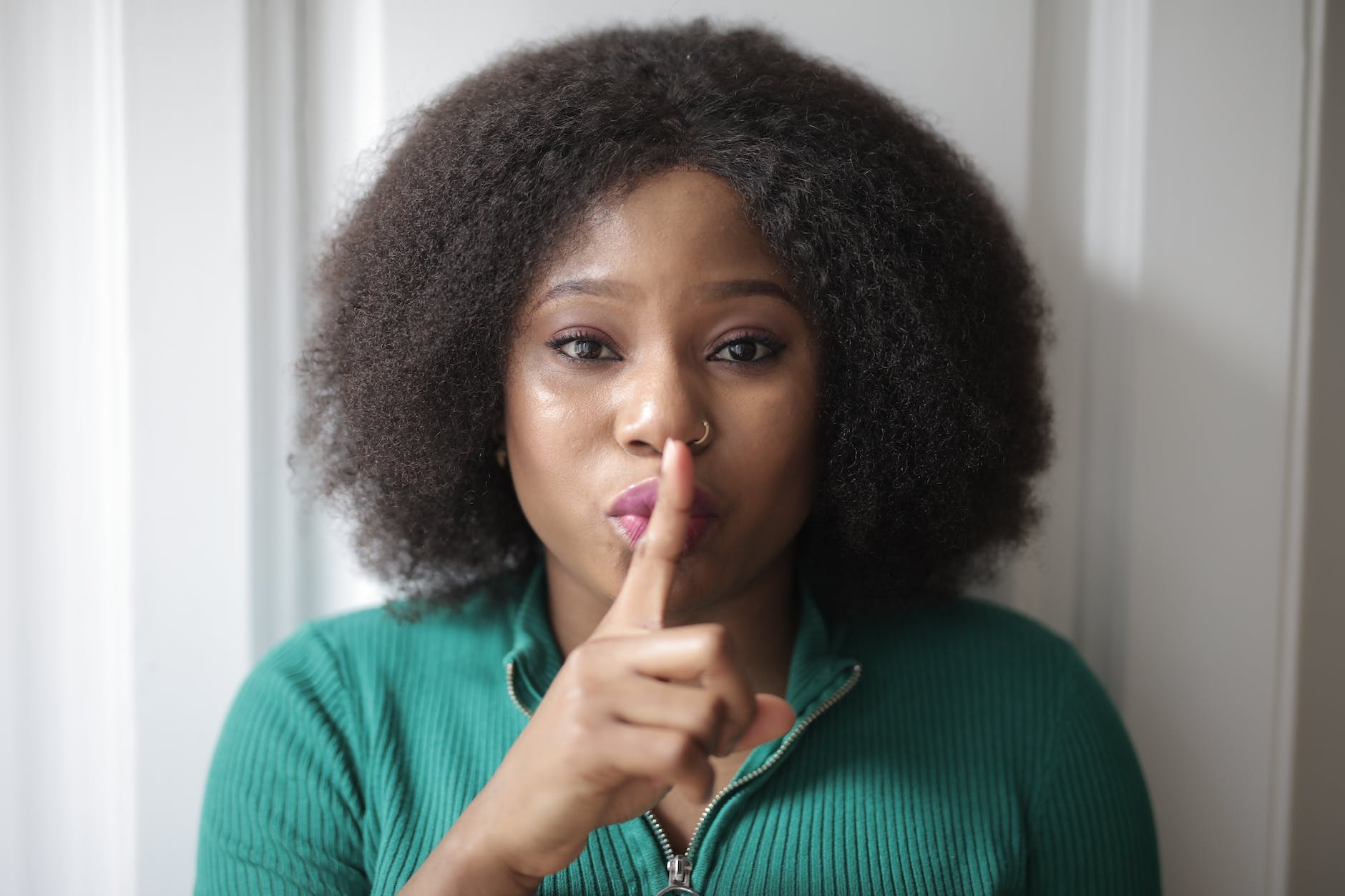
When is the Day of Silence? And where does it happen?
When is the Day Of Silence in the US?When was the first Day Of Silence?Who…
0 Comments

Pride Dates: When is Calderdale Pride 2023?
What date is Calderdale Pride on in 2023How many people attend Pride in Calderdale?Does Calderdale…
0 Comments

When is Asexuality Day 2023?
This is exactly when Asexuality Day 2023 happensWhat's the point of Asexuality day 2023?Is there…
0 Comments
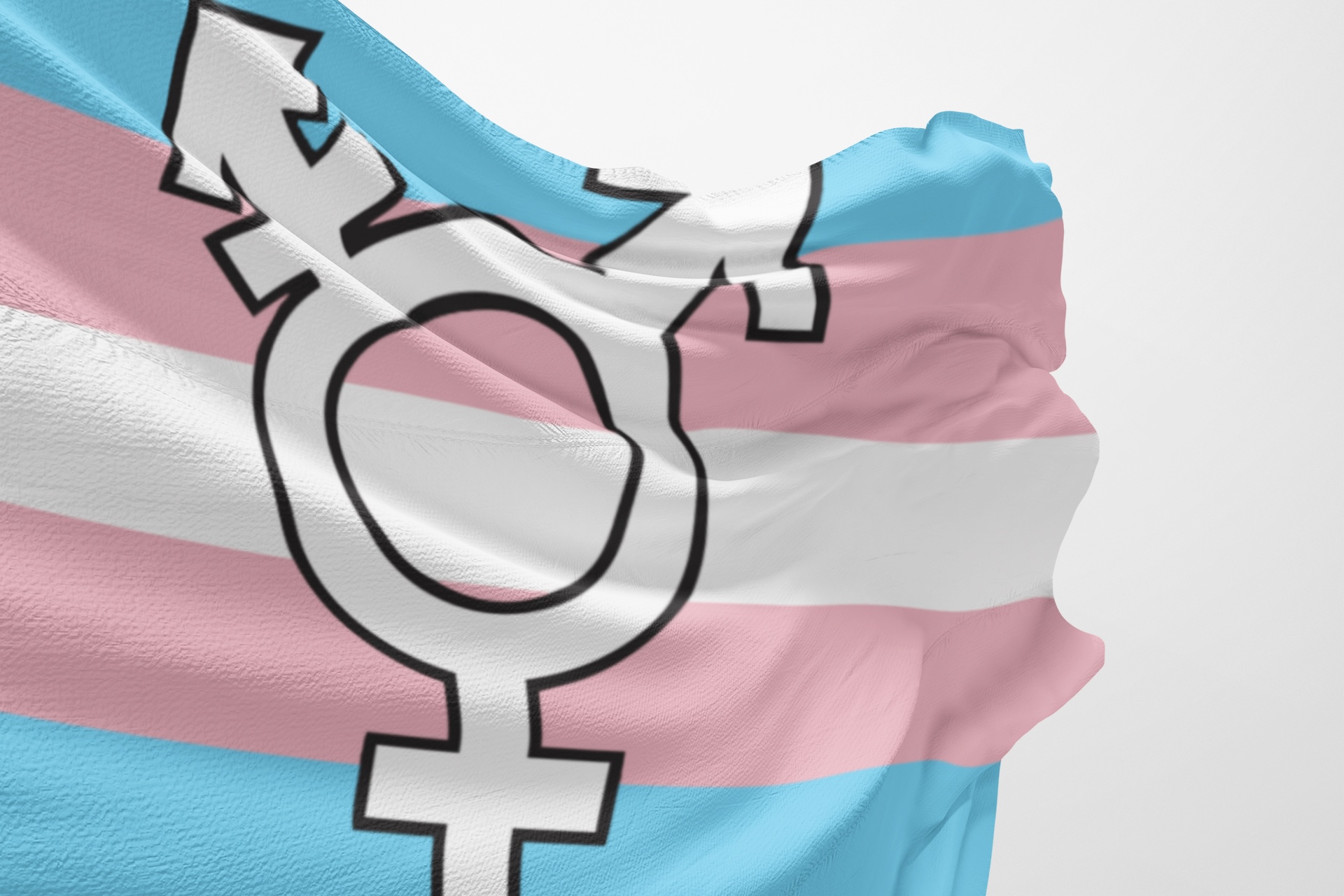
When is International Transgender Day Of Visibility?
International Transgender Day of Visibility (TDOV) is an annual observance that takes place on March…
0 Comments

When is MARDI GRAS PARADE (Australia) celebrated?
When was the first Mardi Gras in Sydney?What's the route of the Sydney Mardi Gras?How…
0 Comments

When is Zero Discrimination Day?
Zero Discrimination Day is an annual observance held on March 1st to promote and celebrate…
0 Comments

When is Bisexual Health Awareness Month?
Bisexual Health Awareness Month (BHAM) is an annual event held in the United States during…
0 Comments
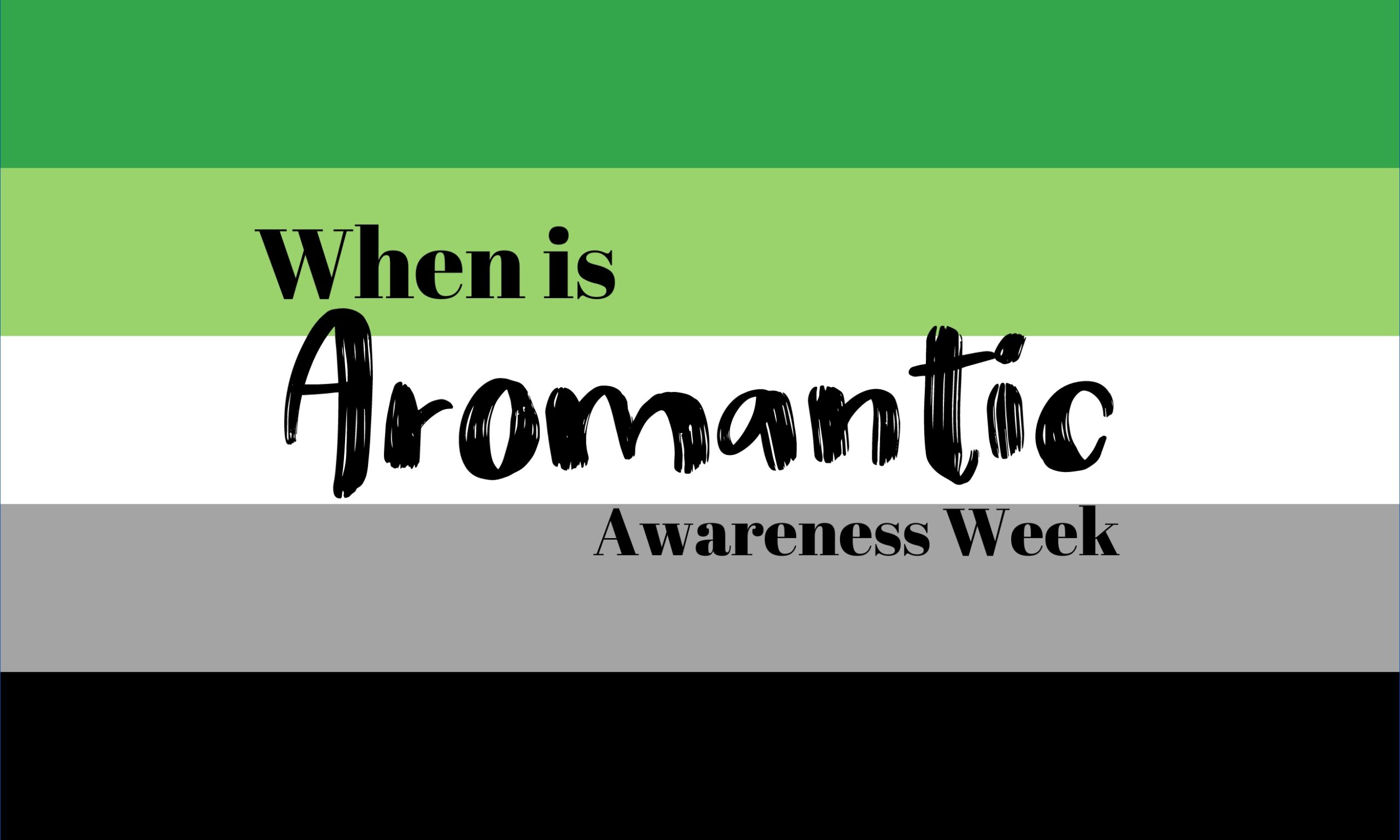
When is Aromantic Spectrum Awareness Week?
Aromantic Spectrum Awareness Week is a week-long event that takes place annually during the week…
0 Comments
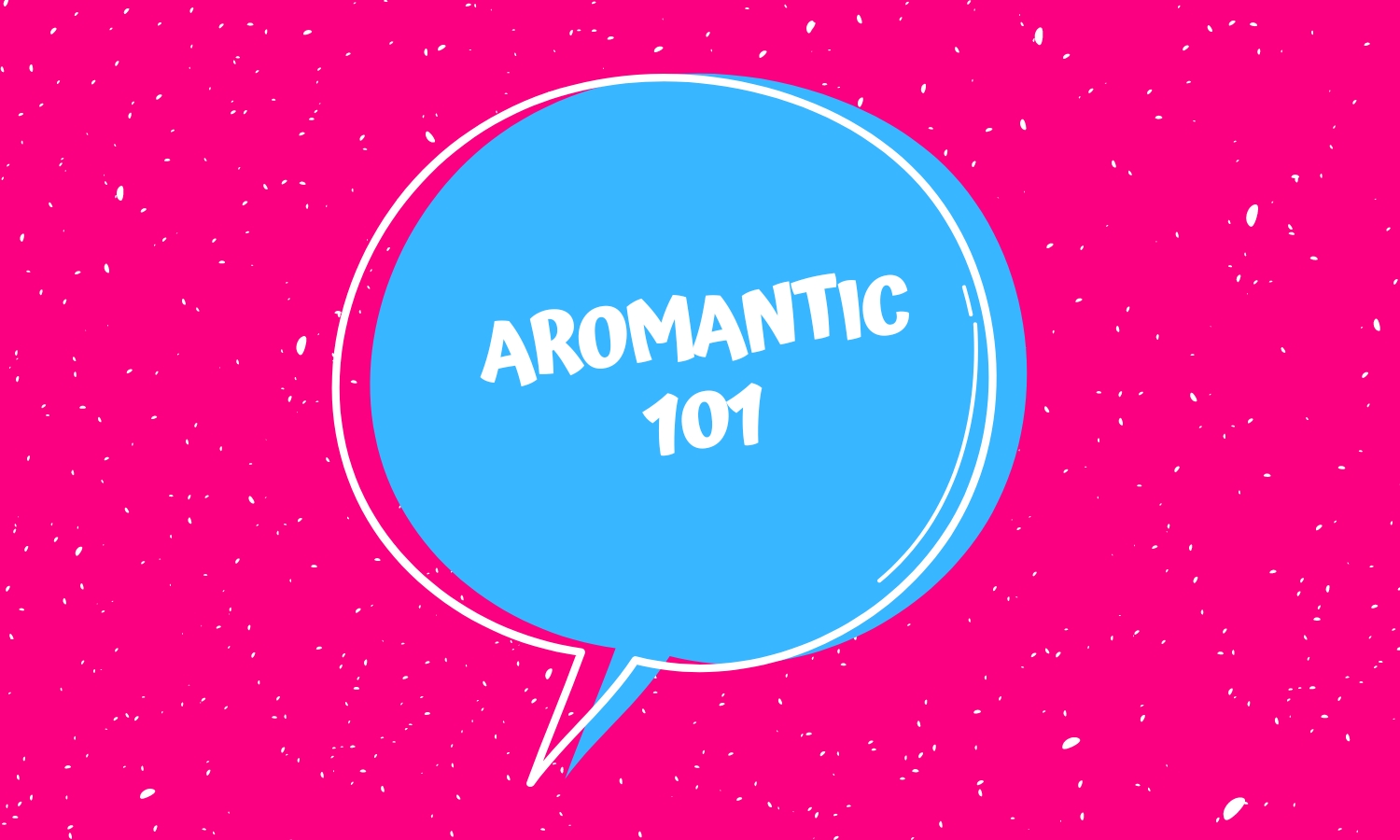
Aromantic 101: What does it mean to be Aromantic?
What does it mean to be Aromantic? What does it mean to be Aromantic?Are aromantic…
0 Comments
